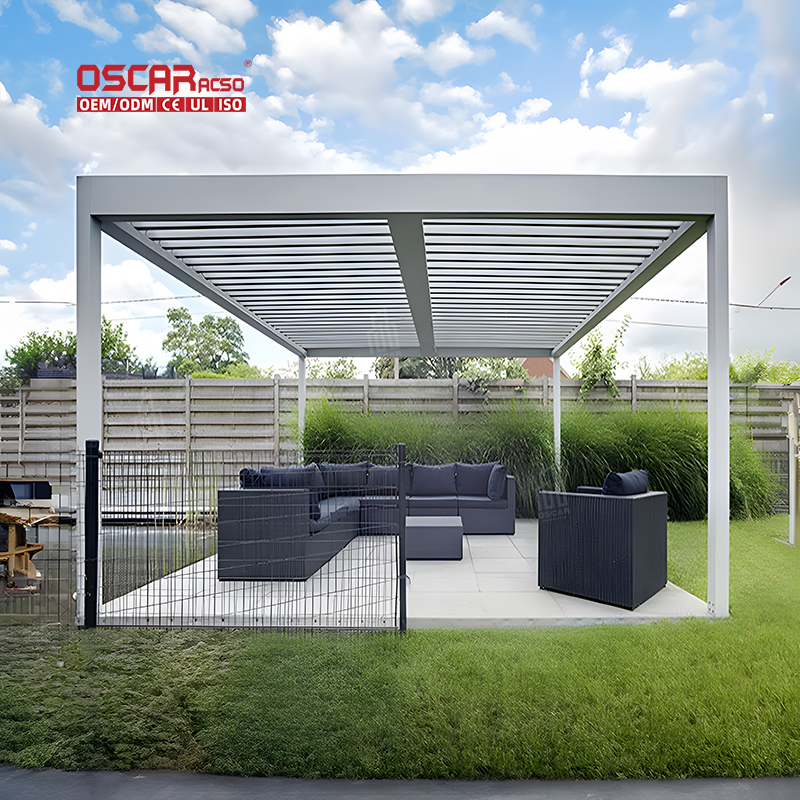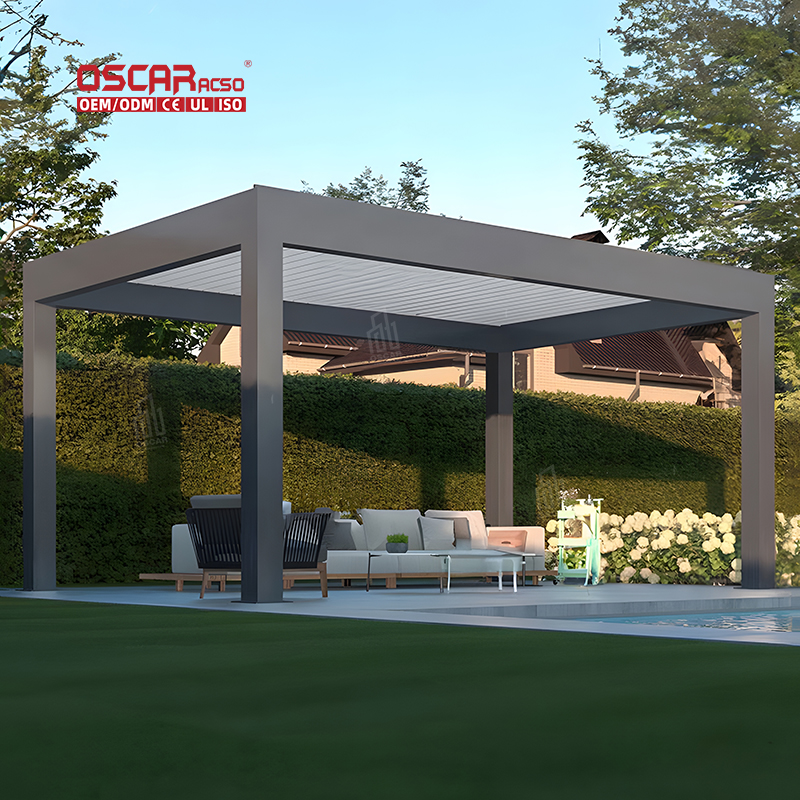Who Invented Pergola, The Timeless Garden Structure’s Ancient Roots
The pergola, that beautiful and functional garden structure we often see supporting climbing plants like vines and r...
.jpg)
The pergola, that beautiful and functional garden structure we often see supporting climbing plants like vines and roses, doesn’t have a single, named inventor. Its creation is lost to antiquity. However, its ingenious design is deeply rooted in the gardening and architectural traditions of ancient civilizations, particularly the Romans. They perfected it for both practical shade and elegant outdoor living.
🏛️ The Masters of Shade: Ancient Rome
While the basic idea of using supports for plants likely existed in even earlier gardens, it was the Romans who truly elevated the pergola into a defined architectural element. They didn’t just see it as a tool for shade; it was an extension of their living space.
- •
Architectural Genius: Roman engineers and gardeners used pergolas to create cool, shaded walkways between buildings and through vast gardens.
- •
Outdoor Living Rooms: They often built them over patios and dining areas, crafting serene outdoor rooms where people could relax and entertain away from the harsh sun.
- •
Functional Beauty: The structure was designed for vines like grape ivy to climb, which provided not only shade but also sometimes food and fragrance.
The Roman adaptation was so effective that it became a staple in villas and gardens across the empire.
🌍 Evolution Through Time and Culture
The core idea of the pergola is so universal that it’s no surprise many cultures had their own versions. It’s a testament to a shared human desire to blend nature and built spaces.

- •
Egyptian & Greek Influences: Some form of simple plant-supported structures likely existed in ancient Egyptian and Greek gardens, though detailed records are scarce.
- •
The Italian Renaissance: After the Roman era, the pergola saw a magnificent revival during the Italian Renaissance. Wealthy families and landscape designers embraced it to create the stunning, structured gardens we admire today in places like Tuscany.
- •
Global Journey: From Europe, the concept of the pergola traveled the world, adapting to different climates, materials, and architectural styles, from the formal gardens of England to the rustic estates of America.
.jpg)
✨ More Than Just Wood and Vines: The Purpose
So, why has this structure remained popular for millennia? Its invention was driven by a blend of sheer practicality and a pursuit of beauty.
- •
Practical Superpowers:
- •
Provides Shade & Lowers Temperatures 🌞

- •
Defines and Connects Outdoor Spaces
- •
Supports Climbing Plants like grapes, wisteria, and clematis
- •
Creates a Focal Point in any garden design
- •
- •
Aesthetic & Emotional Appeal:
- •
Blurs the line between the home and nature 🌿
- •
Creates a sense of journey and discovery along a garden path
- •
Offers a peaceful, green retreat for relaxation
- •
🤔 Why Isn’t There a Famous Inventor?
It’s a fascinating question. Most transformative inventions have a name attached, like Edison with the light bulb. The pergola is different because it’s an evolution of a simple, natural idea. It’s less about a sudden invention and more about the refinement of a concept over centuries by countless unknown gardeners, architects, and engineers. Its development was a collective, cultural achievement rather than the breakthrough of a single individual.
💡 The Pergola’s Modern Revival & Your Garden
Today, the pergola is experiencing a huge surge in popularity. Modern materials like vinyl and aluminum offer low maintenance, while classic wood and cedar provide a timeless, natural look. They are central to the “outdoor living” trend, often equipped with lighting, fans, and even retractable shades.
My personal take? The genius of the pergola’s unknown inventors lies in its perfect simplicity and versatility. It’s a structure that asks for nothing but a few posts and beams and in return, gifts us with a living, growing, changing oasis. Whether in a grand garden or a small backyard, it continues to do what it has for thousands of years: create a magical, shaded space for making memories.


